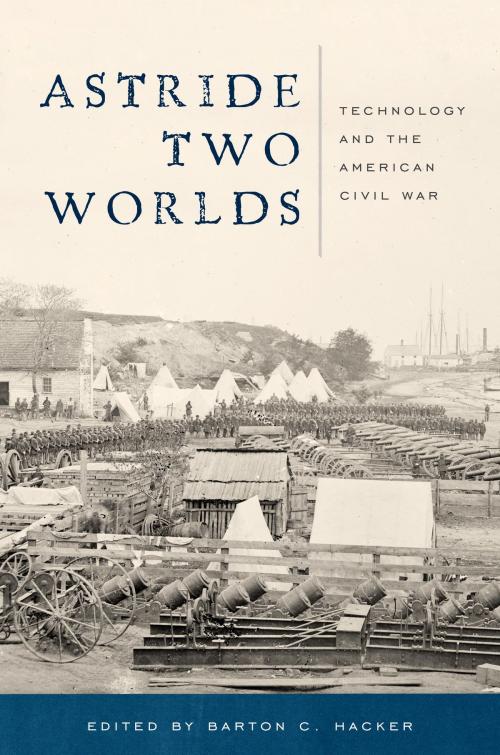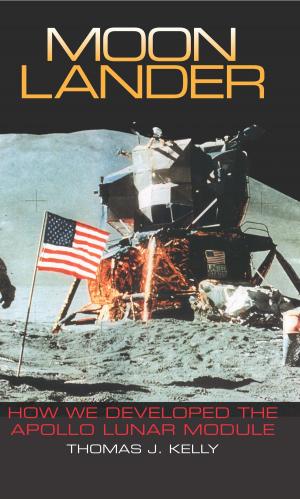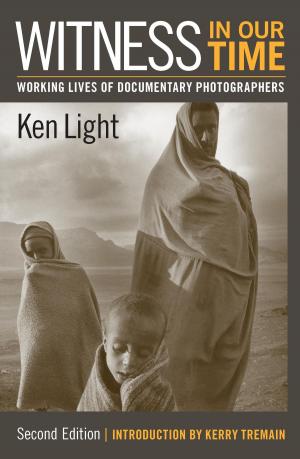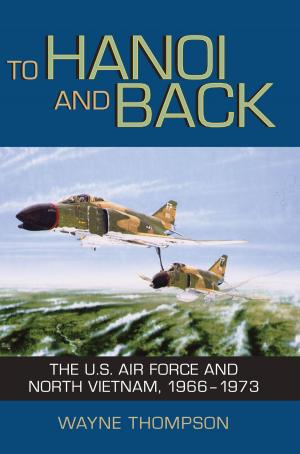Astride Two Worlds
Technology and the American Civil War
Nonfiction, History, Military, Weapons, Science & Nature, Technology, Military Science, Americas, United States, Civil War Period (1850-1877)| Author: | ISBN: | 9781935623922 | |
| Publisher: | Smithsonian | Publication: | May 3, 2016 |
| Imprint: | Smithsonian Institution Scholarly Press | Language: | English |
| Author: | |
| ISBN: | 9781935623922 |
| Publisher: | Smithsonian |
| Publication: | May 3, 2016 |
| Imprint: | Smithsonian Institution Scholarly Press |
| Language: | English |
By the middle of the nineteenth century, industrialization and military-technological innovation were beginning to alter drastically the character and conditions of warfare as it had been conducted for centuries. Occurring in the midst of these far-reaching changes, the American Civil War can justly be labeled both the last great preindustrial war and the first major war of the industrial age. Industrial capacity attained new levels of military significance as transportation improved, but in this, as in many other respects, the Civil War was distinctly transitional. Smoothbore artillery still dominated the battlefield, horse-drawn wagons and pack mules still carried the main logistic burden, seamstresses still outnumbered sewing-machine operators. Astride Two Worlds addresses the various causes and consequences of technological change for the course and outcome of the American Civil War.
By the middle of the nineteenth century, industrialization and military-technological innovation were beginning to alter drastically the character and conditions of warfare as it had been conducted for centuries. Occurring in the midst of these far-reaching changes, the American Civil War can justly be labeled both the last great preindustrial war and the first major war of the industrial age. Industrial capacity attained new levels of military significance as transportation improved, but in this, as in many other respects, the Civil War was distinctly transitional. Smoothbore artillery still dominated the battlefield, horse-drawn wagons and pack mules still carried the main logistic burden, seamstresses still outnumbered sewing-machine operators. Astride Two Worlds addresses the various causes and consequences of technological change for the course and outcome of the American Civil War.















